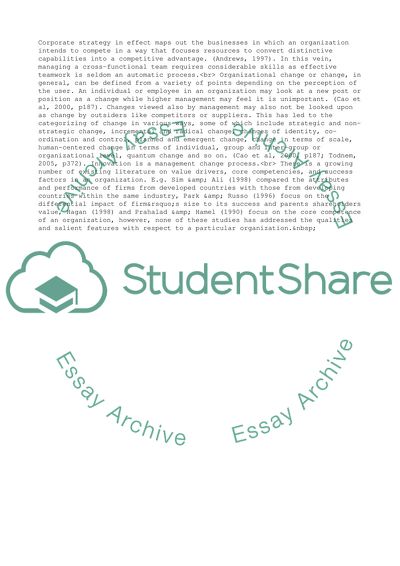Cite this document
(Managing Innovation by Cross-Functional Team: The Case of Firms and Research Proposal - 1, n.d.)
Managing Innovation by Cross-Functional Team: The Case of Firms and Research Proposal - 1. Retrieved from https://studentshare.org/management/1552925-managing-innovation-by-cross-functional-teams
Managing Innovation by Cross-Functional Team: The Case of Firms and Research Proposal - 1. Retrieved from https://studentshare.org/management/1552925-managing-innovation-by-cross-functional-teams
(Managing Innovation by Cross-Functional Team: The Case of Firms and Research Proposal - 1)
Managing Innovation by Cross-Functional Team: The Case of Firms and Research Proposal - 1. https://studentshare.org/management/1552925-managing-innovation-by-cross-functional-teams.
Managing Innovation by Cross-Functional Team: The Case of Firms and Research Proposal - 1. https://studentshare.org/management/1552925-managing-innovation-by-cross-functional-teams.
“Managing Innovation by Cross-Functional Team: The Case of Firms and Research Proposal - 1”, n.d. https://studentshare.org/management/1552925-managing-innovation-by-cross-functional-teams.


